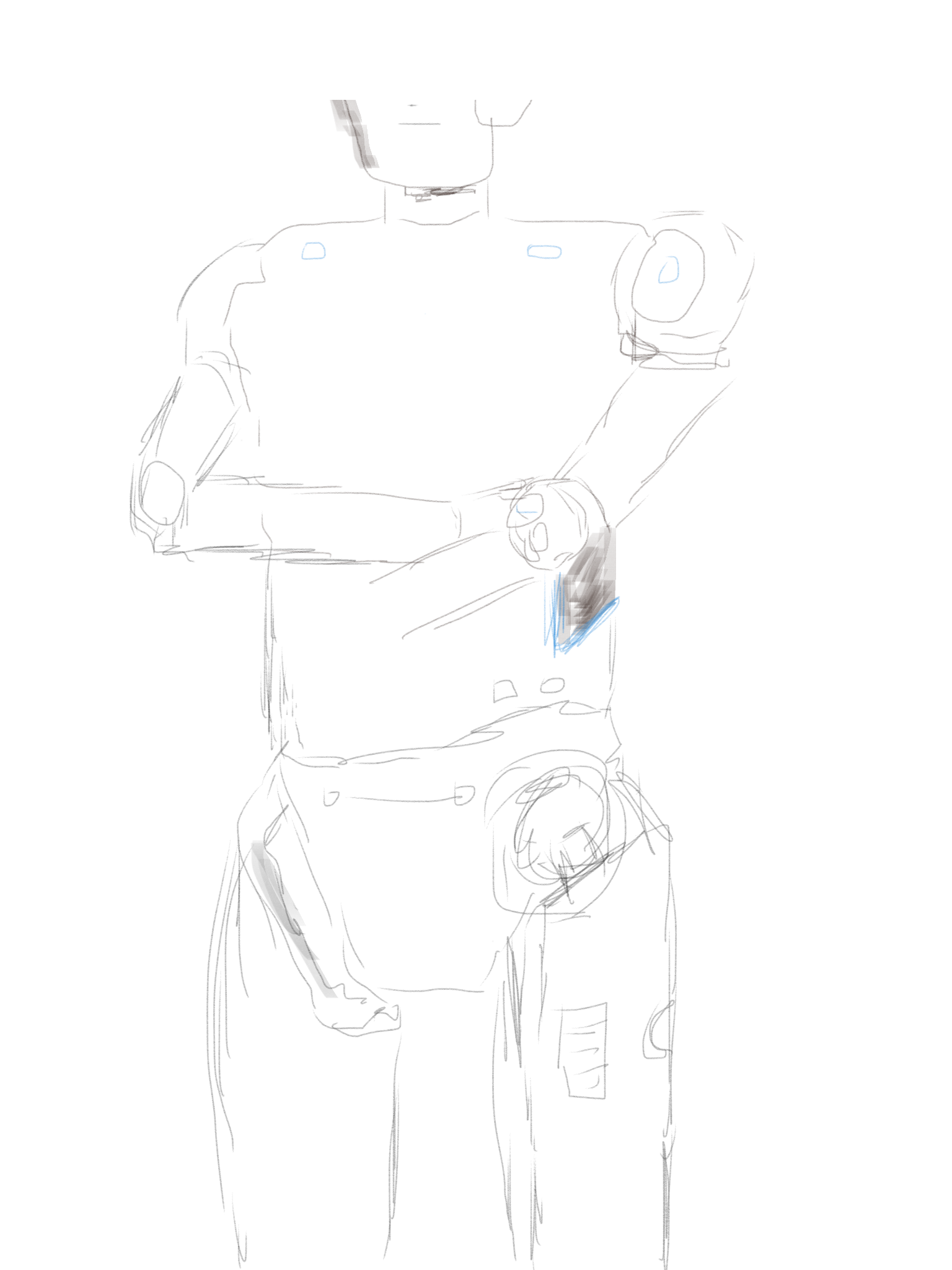Bipedal Robots In Space
I think it’s inevitable that sooner or later one of the existing major robotics companies are going to start setting up a shop (or two or more) in space.
Whether these manufacturing facilities are in orbit, on earth’s moon, on Mars. That’s something that remains to be seen.
The initial placement of these facilities, that is something that is contingent upon the kind of innovations we see in the the domains of propulsion tech. As well, potentially other mechanisms via which material can be transferred in and around the local solar system.
It’s possible that we think of some clever mechanism for transferring manufacturing facilities from site to site. In fact, what I want to do is to place autonomous factories in the orbits of Venus and other real estate. But that’s not the topic of discussion today.
I think it’s interesting to think about the initial versions of robotics that are going to be provisioned and what their stated purpose is going to be.
- It’s possible that multi-purpose robotics are enabled. Robots that can combine different components in order to provision machines that perform specific tasks.
- Robots that are heavily making use of materials in situ. So what the only material that we then have to send (or find and then extract) on the local surface would be something that is a good conductor of electricity.
- It remains to be seen how synthethic biology and advances in the wider field of biology and also materials are to be had. It would be interesting to see robots made out of biological materials!
In particular, today I was thinking about biped or bipedal robots.

I think one of the major advantages of provisioning biped robots (outside of earth) is that doing so could help create a lot of quality/well-paying jobs. That is, if that is what we choose to do as a species. That is, create a lot of jobs. Quality/well-paying jobs at that.
Specific to the topic, the bipedal robots could be: * Operated in a manner whereby they can function in a semi-autonomous manner. But humans can also intervene and take over the operations of the robots. Virtual reality is ideally suited for this task. Whereby there are data feeds coming in from the robot iself and into the virtual reality construct. And there is a human in the loop. * If we increase the level of autonomy, then in theory one human operator could control and manage a cluster of robots. Like a swarm of sorts.
I guess these scenarios depends on a case by case basis and what the intended purpose of these robots is going to be.
I’d love for others reading this to build up on this thought. In particular, how (and if) you think biped robots could be useful outside of earth.